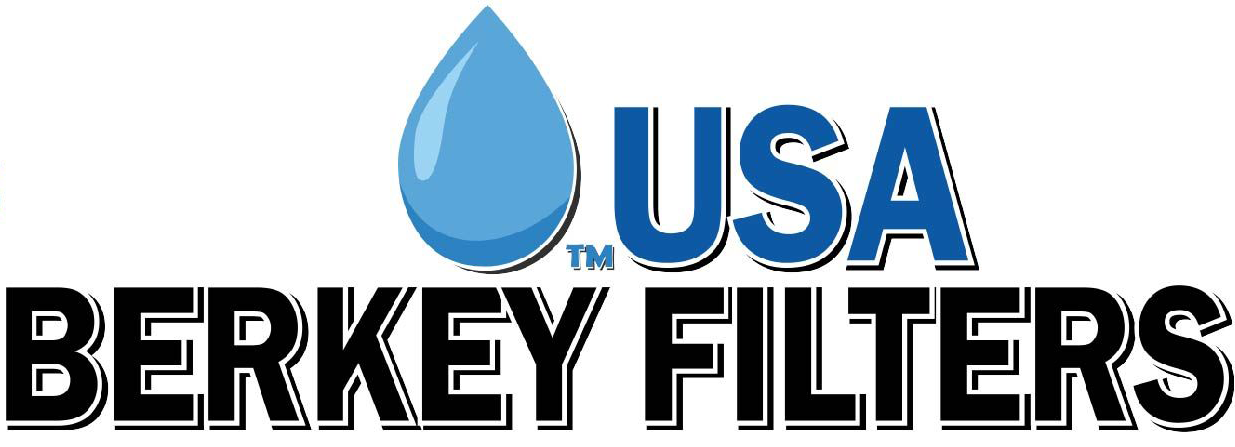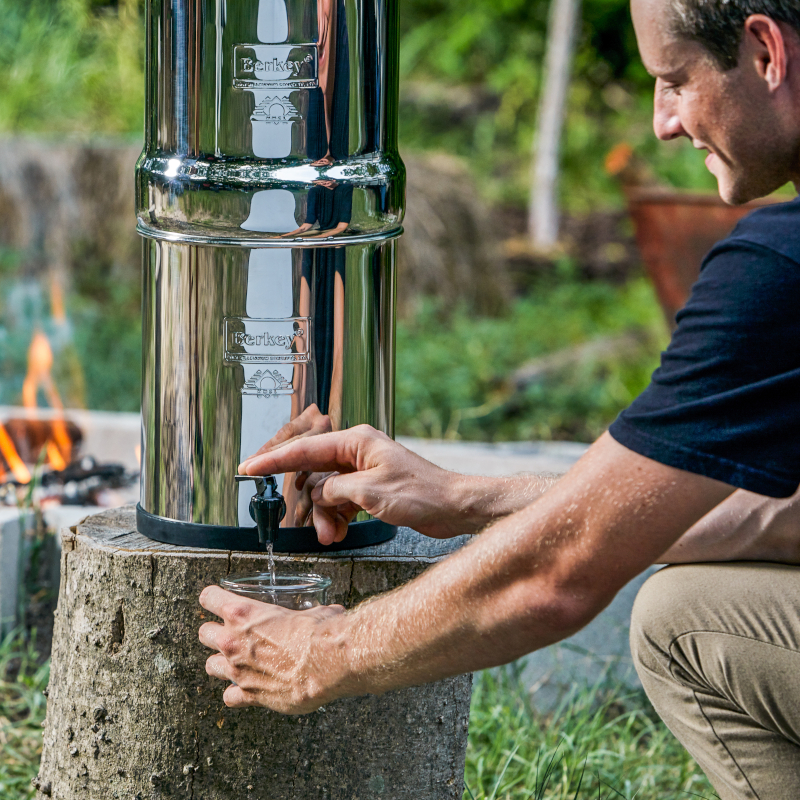When I lived in southern California, I used my Berkeys during boil water alerts, earthquakes, and for long-term camping trips.
Here in Texas, I’ve used my Berkey® Water Filter Systems during blackouts, boil water alerts, and brown outs, in addition to our daily usage within our home.
Whenever I’ve used freshwater sources such as lake, pond, river, or stream water to filter through my Berkey, I’ve always taken precautions to ensure that my water is as safe as possible. When it comes to my safety and that of those within my care, I believe in redundant measures to ensure efficiency, safety, and security.
Here are some basic steps I take to ensure the safety of my water when using my Berkey with local freshwater sources such as lakes, ponds, rivers, and streams.
1. Size-Up the Water Source
With any and every freshwater source, I first look at the quality of the surrounding area where I am considering sourcing the water. Are there visible currents at the surface and/or below? Are there any visible debris floating around? Is the water turbid (cloudy/floaties)?
Can I identify any water sources which feed the lake, pond, river, or stream? Does the water or the surrounding area have any upleasant smells? What is the general temperature of the water, cold or warm? Are there any indicators of dangerous/venomous wildlife and/or poisonous foilage/plants?
Ideal water sources have currents that keep water moving and not stagnant. Areas within a body of water containing collected or circling debris might be an indication of poor water circulation, weak currents, and/or underwater objects causing the water to eddy. Ideal water has zero/very low turbidity; in other words, clear freshwater is best if you can access it safely.
Avoid sourcing water near areas containing garbage and trash items that have either been washed away or thrown there intentionally. These are often indicators of storm-drain runoffs which typically also carry chemical run-off. Chemicals sometimes are easy to see on the surface of the water but may not always be visible or strong-scented.
I avoid sourcing from warm lake water due to microbes and pathogens that proliferate there rather than colder waters with currents.
Indicators or signs of wildlife include beds, dens, droppings (scat), hair, nests, scents, sounds, and tracks. Avoid water sources near these signs.
2. Pre-Filter the Source Water
Pre-filtering includes removing larger debris and particles from the water source prior to filtering it. This is often done through simple fabric, creating a screen-like barrier to larger sized contaminants such as insects, leaves, pebbles/rocks, sediment, sticks, and more. Unused coffee filters, cheesecloth, bandanas, scarves, towels, washcloths, and many other similar items can be used to pre-filter the source water.
3. Pre-Treat the Source Water
Personally, I prefer adding a simple chlorine-solution to my source water after it has been pre-filtered. When doing so, I add the chlorine solution to the source water in a container BEFORE I add the water into the top chamber of my Berkey System. This allows for a more even distribution of the chemical treatment. The Black Berkey Elements do an excellent job of removing the chlorine solution from the water and improving the water quality overall.
Final Thoughts
I’ve used these general practices over the years with my Berkey Systems and I have always enjoyed clean, delicious water when I needed it. I recommend Berkey products for your emergency preparedness use as well!


